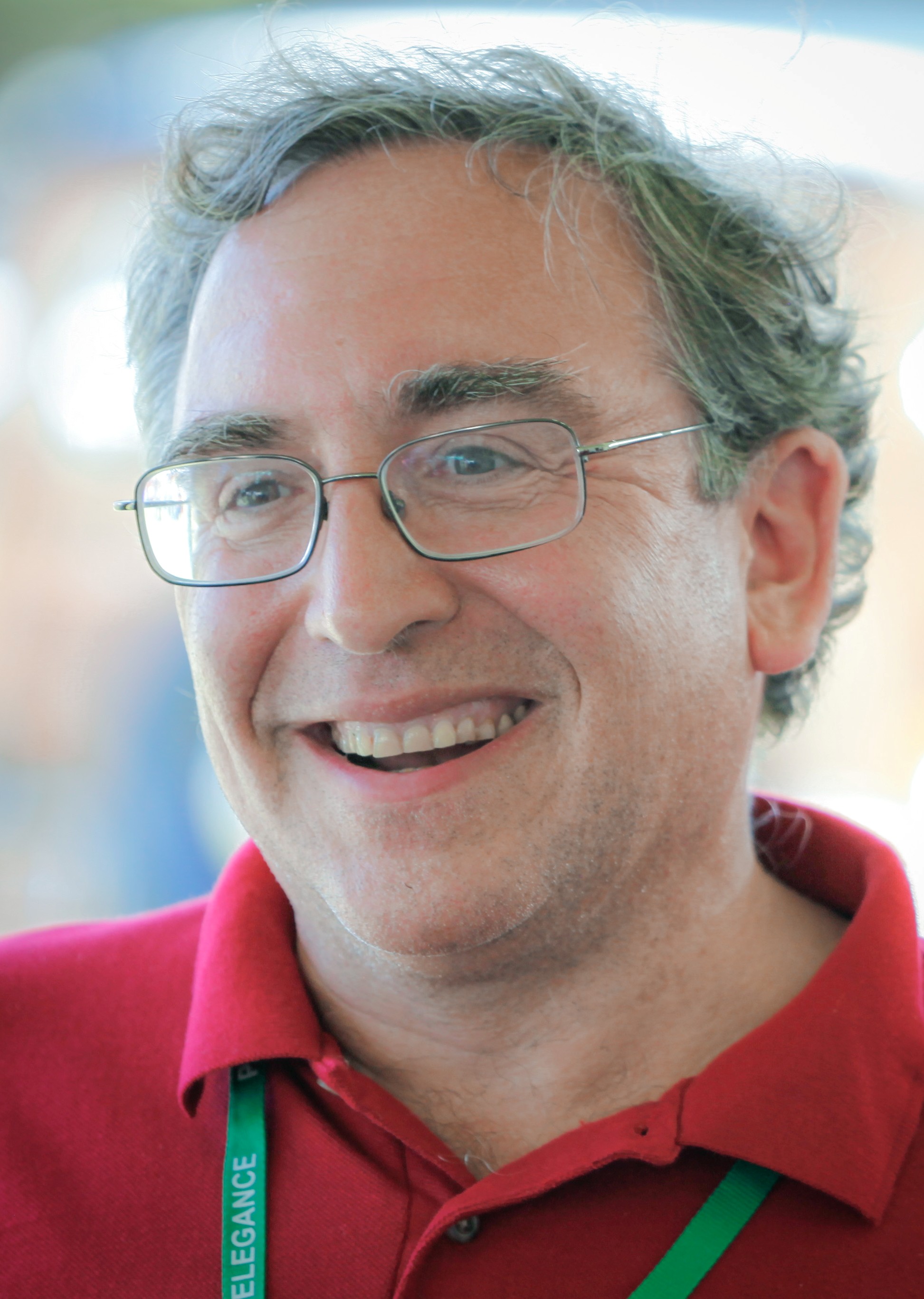-
(b.) -1958 April 03(d.)2013 November 02
Bio/Description
A Professor of Communication at Stanford University, in Stanford, California, he was the co-creator of The Media Equation theory, and a renowned authority on human-computer interaction. He was also known for his work on individual differences associated with multitasking. He was the Thomas M. Storke Professor at Stanford and held courtesy appointments in Computer Science, Education, Law, and Sociology. He was also affiliated with the programs in Symbolic Systems and Science, Technology, and Society. He was the Director of the Communication between Humans and Interactive Media (CHIMe) Lab, co-director of Kozmetsky Global Collaboratory (KGC) and its Real-time Venture Design Laboratory (ReVeL), and a co-founder of TeachAIDS. Born in Jersey City, New Jersey and raised in Teaneck, he was the son of Florence and Jules Nass. His parents formed New Jersey's first Mothers Against Drunk Driving chapter after his older brother was killed by a drunk driver in 1981. He earned a B.A. cum laude degree in Mathematics from Princeton University in 1981 after which he conducted research in the areas of computer graphics, data structures and database design for IBM and Intel. He became fascinated by the way humans interacted with computers and returned to Princeton for graduate school, switching to Sociology. He obtained his M.A. and Ph.D. degrees in Sociology from Princeton in 1986, and joined the faculty at Stanford University. He was the co-author of three books: with Corina Yen, ?The Man Who Lied to His Laptop: What Machines Teach Us About Human Relationships, Penguin Group, 2010, ISBN 1-61723-001-4; with Scott Brave, ?Wired for Speech: How Voice Activates and Advances the Human-Computer Relationship?, MIT Press, 2005, ISBN 0-262-14092-6; and with Byron Reeves ?The Media Equation: How People Treat Computers, Television, and New Media Like Real People and Places?, Cambridge University Press, 1996, ISBN 978-1-57586-053-4. These works explored the striking ways in which human beings respond emotionally to computers, explaining that people tend to respond to media as they would either to another person (by being polite, cooperative, attributing personality characteristics such as aggressiveness, humor, expertise, and even gender) ? or to places and phenomena in the physical world ? depending on the cues they receive from the media. There is a feeling of genuine pleasure, for example, if they are praised by an automatic mechanized voice. But, although people tend to be ?polite? to computers, he and his colleagues argued that, ?spending our lives largely online (and soon likely to be travelling around in self-driving cars) has a significant negative impact on our powers of concentration and our capacity for empathetic engagement with other people.? He also published over 150 papers in the areas of human-computer interaction, statistical methodology, and organizational theory. He was credited with the founding of the Computers are Social Actors paradigm. He consulted on the design of over 250 media products and services for companies including Microsoft, Toyota, Philips, BMW, Hewlett-Packard, AOL, Sony, and Dell. In November 2013, he died of a heart attack at the age of 55.
-
Date of Birth:
1958 April 03 -
Date of Death:
2013 November 02 -
Noted For:
Co-creator of The Media Equation theory, a general communication theory that claims that people tend to treat computers and other media as if they were either real people or real places -
Category of Achievement:
-
More Info:


